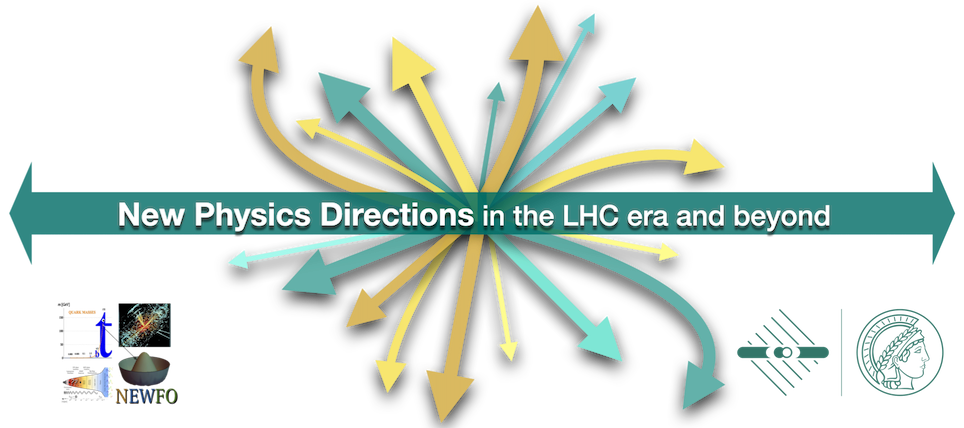Speaker
Description
Electroweak Baryogenesis (EWBG) is a very promising avenue to generate the observed Baryon Asymmetry in the Universe (BAU). Making use of elektroweak sphalerons as a baryon number violating process, one seeks to enhance the EW phase transition to be strongly first order and introduce more CP violation. Oftentimes, this is achieved by minimally extending the Standard Model (SM) with an additional particle, such as a scalar singlet in a bottom-up approach.
Top-down, one can take Naturalness as a guiding principle: Can a theory that is constructed to solve the EW hierarchy problem and explain the structure of the SM incidentally also explain Baryogenesis? Several Composite Higgs models, for example, lend themselves readily to this cause.
Recently, Angelescu et al. proposed a Gauge-Higgs-GUT scenario that – assuming a compact warped extra dimension – unifies not only all the Standard Model (SM) gauge bosons, but also the Higgs, in an SU(6) gauge field while reproducing the correct CKM and PMNS matrices. Due to the symmetry structure, the mass spectrum also contains a relatively light scalar singlet and leptoquark. Using the scalar potential obtained from solving the 5D equations of motion, we analyze if a baryogenesis mechanism is realizable in this scenario.

